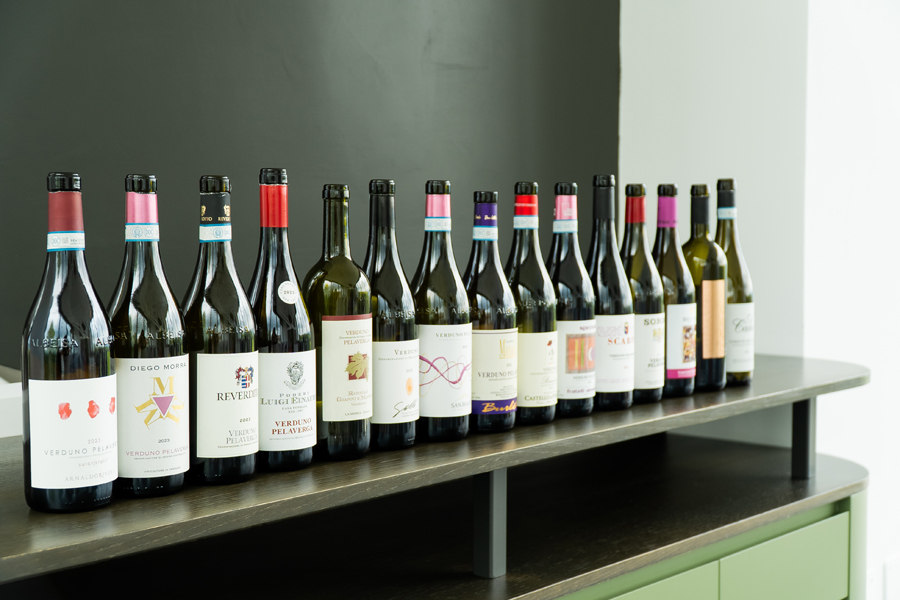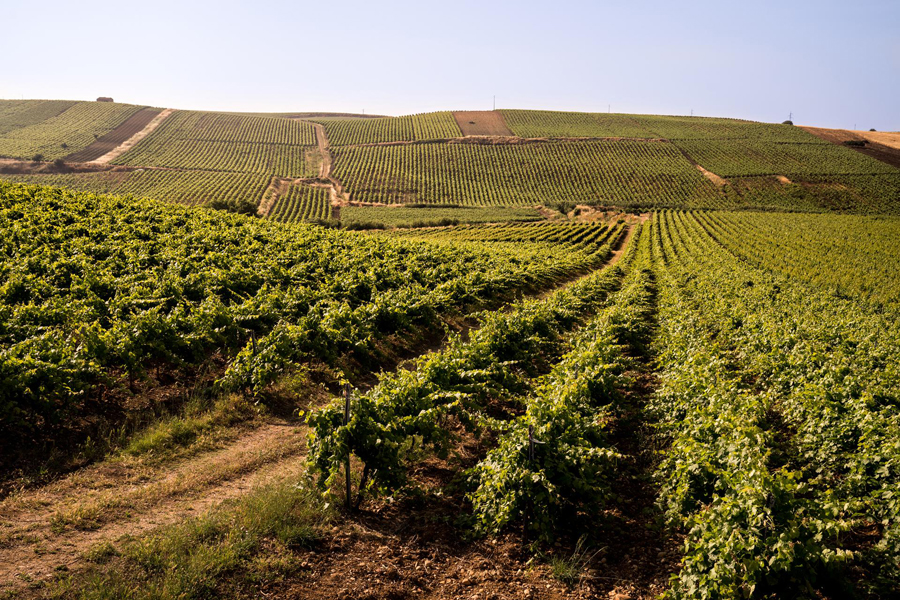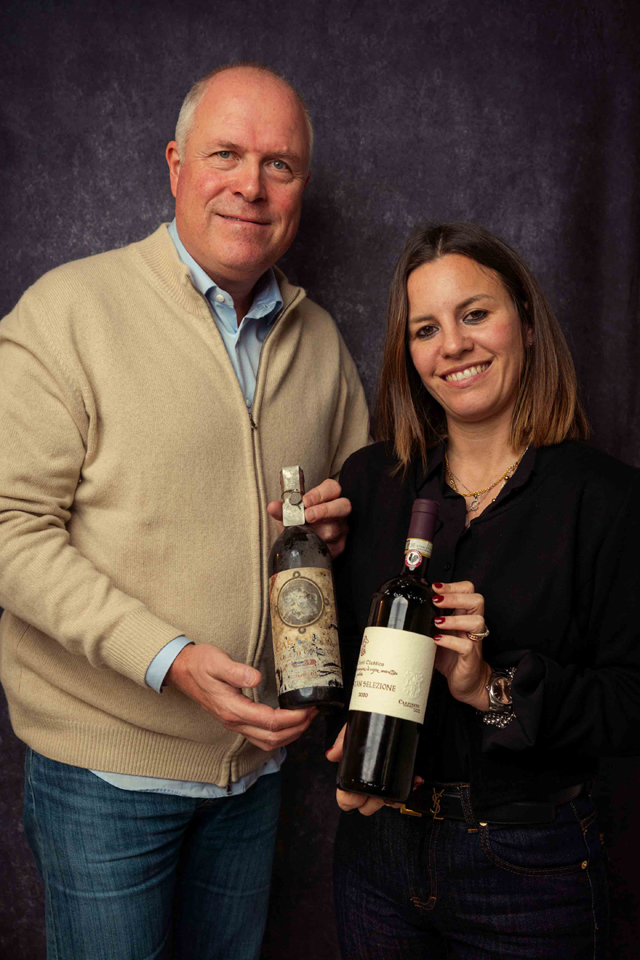CARPINETO among the 1OO best Italian companies – pavilion 7 Stand E7 E8 3.
From Tuscany, where in 1967 Giovanni Carlo Sacchet and Antonio Mario Zaccheo founded CARPINETO and from there to the USA, the first market opened at the end of the 1960s by the two very young partners and friends for great denomination wines, how does CARPINETO, registered in the Register of Historical Brands and an example of MADE IN ITALY, managed by the second generation, also trained in the USA, react today to the announcement of the DUTIES.
WINE WORLD NEWS – duties and new consumption
Among the measures to respond: “ diversification of markets and support for our correspondents overseas, and not only, and who we will meet in Verona from the first day at Opera Wine”.
CARPINETO has an export rate of 90% of its turnover , of which approximately 20% (100%) is exported to the USA.
What is the immediate reaction to President Trump’s tariff announcement?
How does the company founded in Chianti Classico in 1967 and now present with 5 estates in all the most famous Tuscan denominations plan to face this tight period between duties and consumer crises, and how does it plan to face the challenges of change?
A model company of the best made in Italy agri-food that has earned it registration in the National Register of Historic Brands.
The opinion on concerns and strategies of Antonio Michael Zaccheo , together with Caterina Sacchet, second generation of the owners, and export manager of Carpineto.
“This increase in duties on such an important non-EU destination market means that prices on the shelf will rise, my estimate to be confirmed with our correspondents who have assured us of their presence at Vinitaly and who we will meet from the first day at Opera Wine , on average by around 20% on the shelf.
Italian wine will still remain competitive but I predict that it will lose 20% of its turnover in the USA, including us.
For the agri-food sector, the Italian sounding which has a more ‘entry level’ market will gain more ground but products such as Parmigiano Reggiano, Prosciutto di Parma and Bufala DOP remain irreplaceable, as do unique products with a century-old history such as Brunello, Vino Nobile and Chianti Classico .
It will be a good opportunity to test the stability of the demand for products from the Belpaese . In the end, for high-quality products, such as those mentioned above, I think this is quite stable. That is, the demand will be less affected.
The most expensive products will be the ones that will suffer the most , both wine and agri-food.
Australia, New Zealand, Chile and Argentina have duties ‘only’ 10% …. They will be the ones to benefit in the ‘entry level’ wine segment.
Fortunately, Tuscany produces on average quality products but, for us, with a strong export of premium wines to the USA, I foresee a -20% in volume, with Dogajolo among our wines that will suffer more than Brunello.
Among the most structural measures to contrast and react, however, is the one for which Carpineto has been a pioneer since its foundation almost 60 years ago, that is, the opening of new markets .
Diversification has been practiced for years with 72 countries to which the company exports.
We have recently started relationships with Uzbekistan, Azerbaijan and Kazakhstan and we are exploring these markets that have a good potential to develop. Just as we are deepening transversally in African countries some market niches.
Returning to North America, in 2024 we remain the first supplier of Tuscan wine to Canada , but the duties also weaken the Canadian economy a lot, so an economy in recession is less inclined to spend on luxury goods such as wine. At this time therefore we need to understand how the balance will tip for European wines in Canada.
Maybe for the lower range wines, like under $20 dollars, there could be a slight advantage but in the higher range it is certainly a detriment because the ability and propensity to spend will be lacking. And the higher range is where Tuscan wines and Carpineto shine.
There remain all the problems regarding premium wines which for us, as mentioned, are an important segment and with respect to which we try to support our distributors around the world.
It is a time when we need to reduce investments that do not have an immediate return, conserve resources and liquidity and equip ourselves to weather the economic storm under cover. In the commercial sector, however, at the same time we need to move a lot, facing variable and not fixed expenses, because it is precisely in these moments of great difficulty that opportunities are created for the most historic brands and with a well-articulated presence on the market such as Carpineto .”
Caterina Sacchet , producer and oenologist, on the other hand, regards the great change in consumption and the rise of low-alcohol wines .
“ I am studying not a NOLO, all highly manipulated wines and consequently with a terrible carbon footprint, but a naturally low-alcohol wine, around 6 degrees with a light residual sugar, excellent carbon footprint like all Carpineto wines, but we will talk about it at the next harvest, not before.
It will be a LOWine , IGT rosé, sparkling. A Sparklow Wine .”




